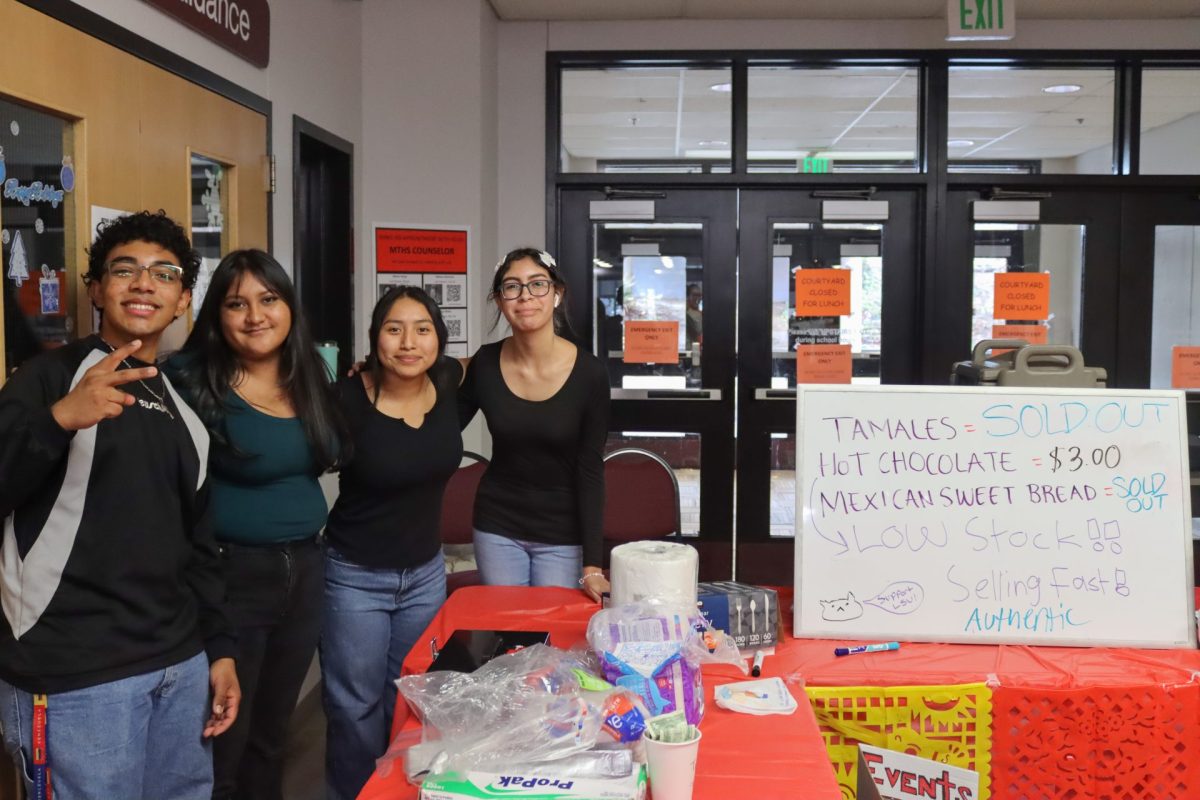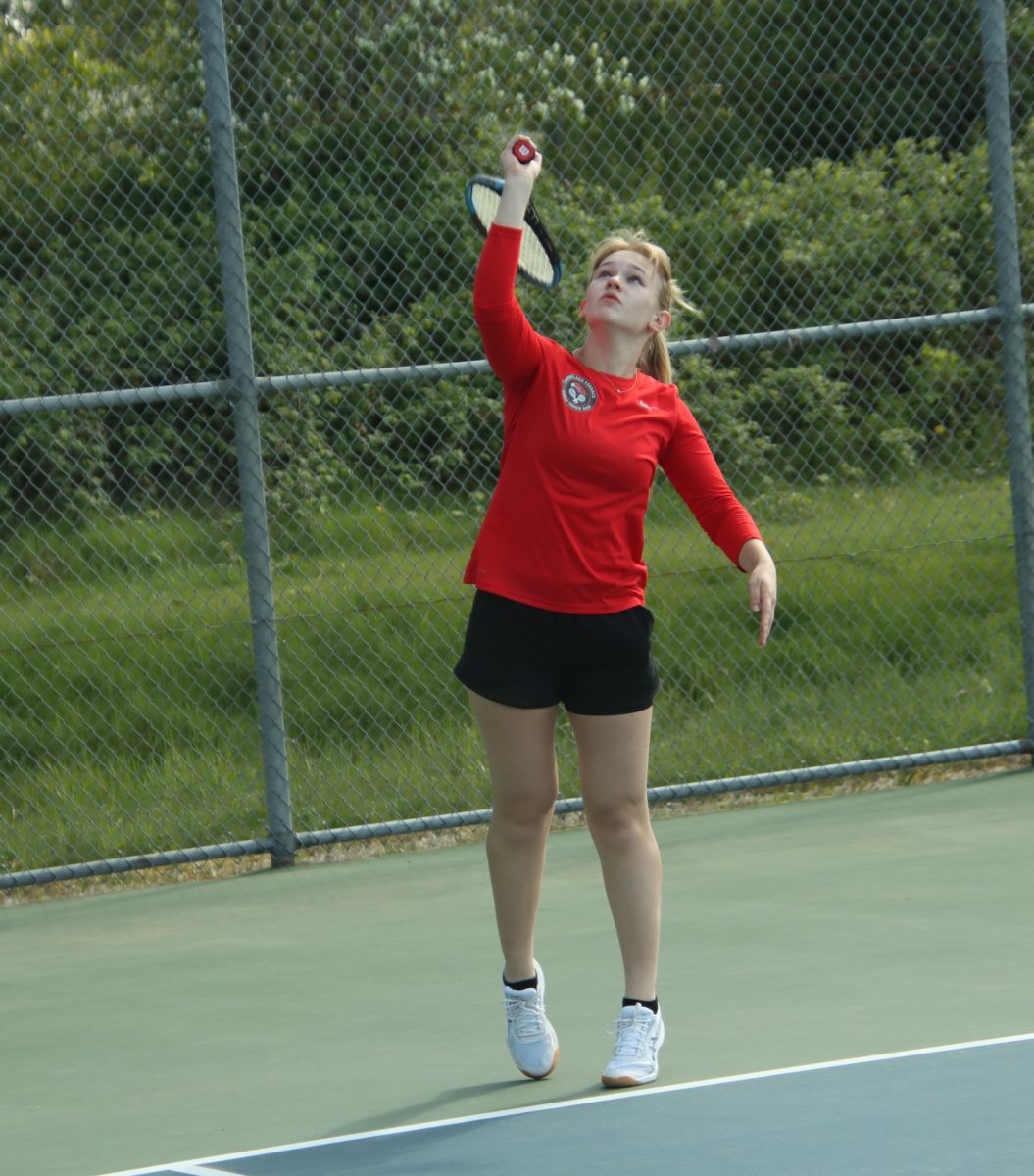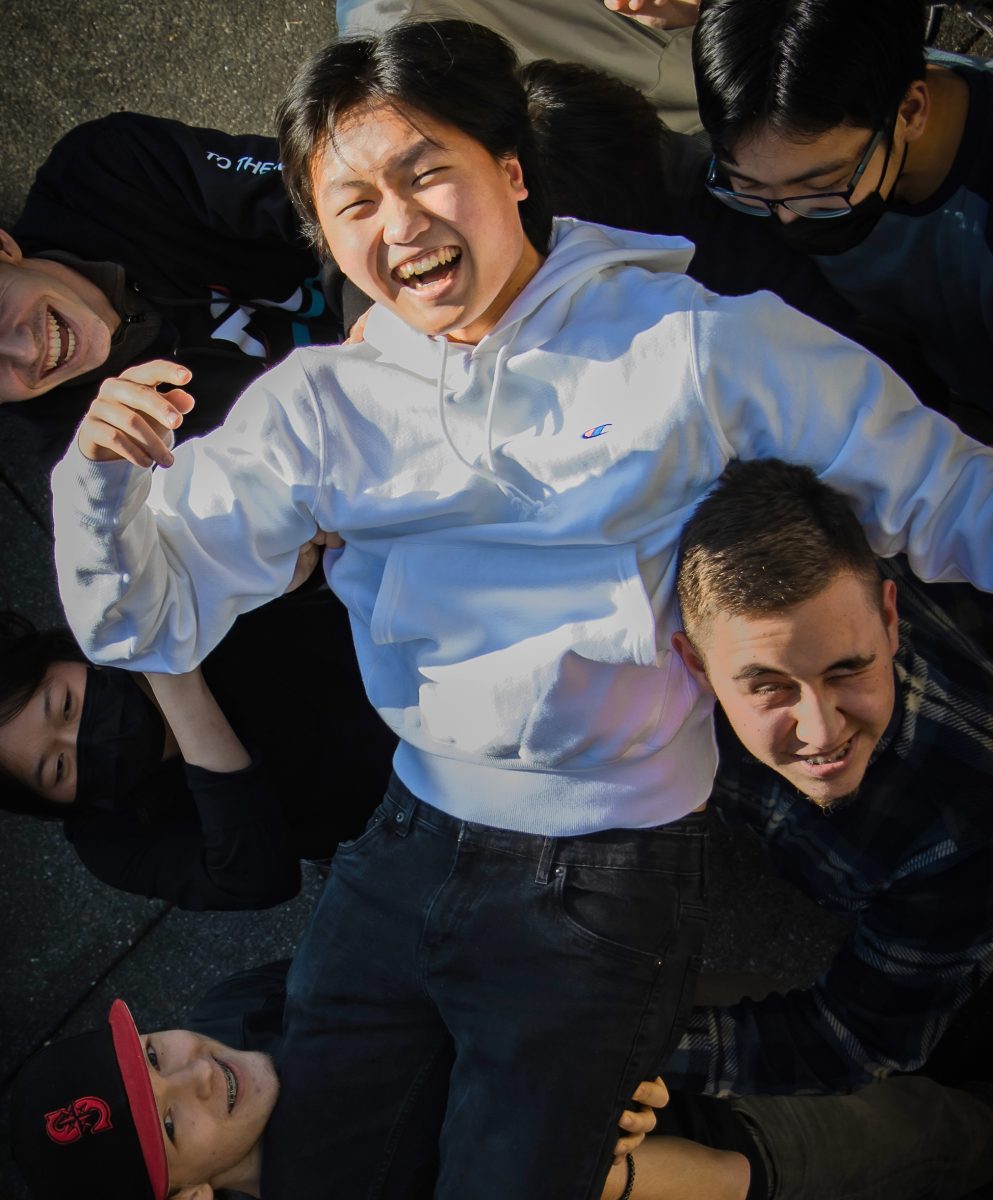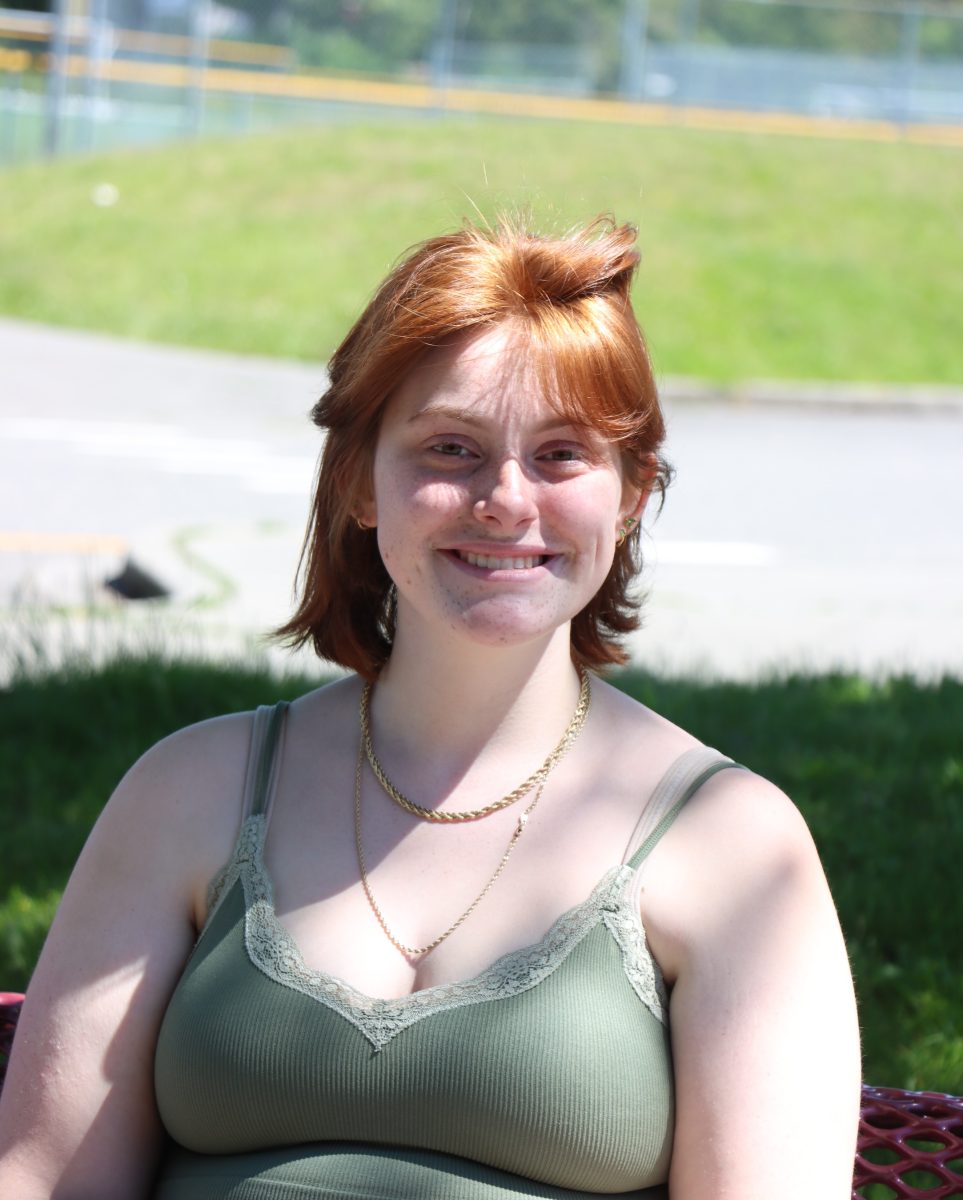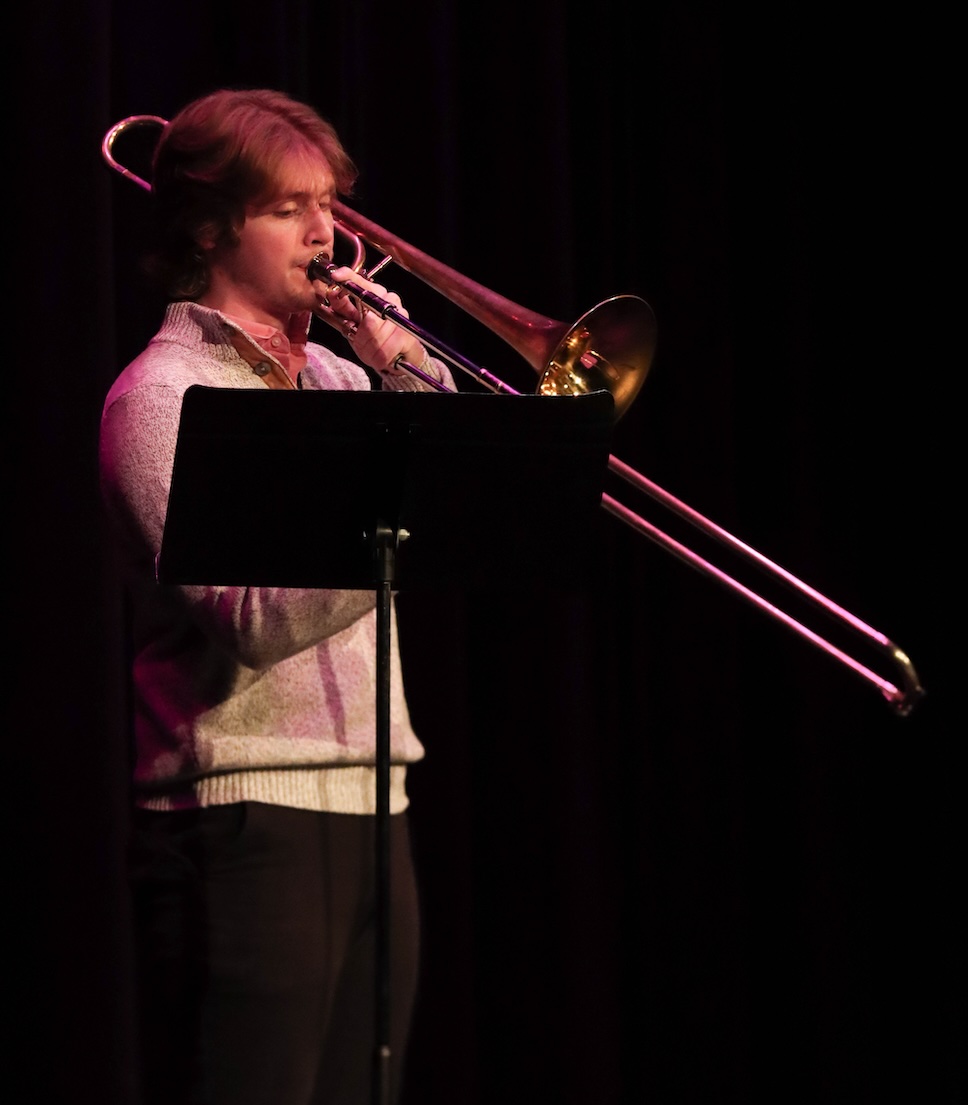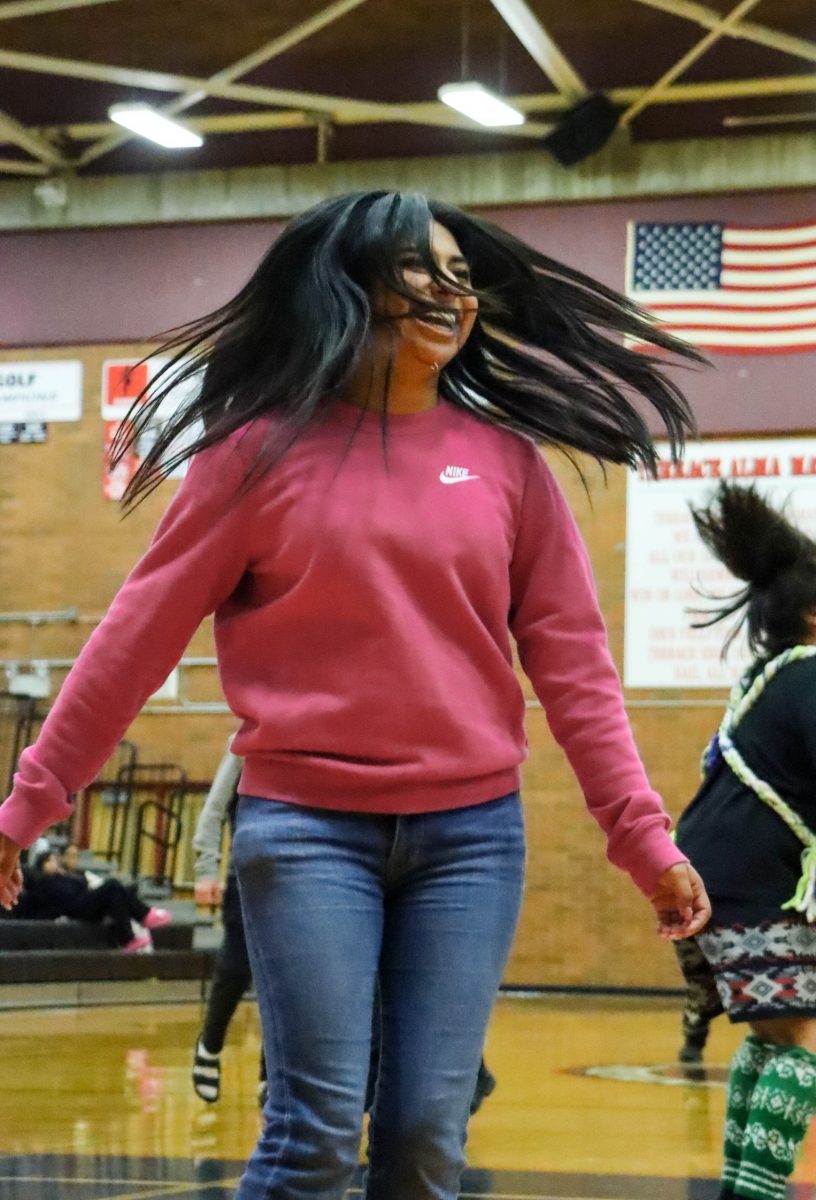On the first floor of the school, just off the HUB is a long hallway adorned with murals and filled with rooms of computers and tools. The STEM hallway is, for many students, off the beaten path; for many students, the road less traveled by.
“[STEM]’s gonna be a wild ride, let’s put it that way,” senior Jessica Phung said. She was intimidated by the size, number, and complexity of equipment in the workshop her first day.
Phung, a STEM student, artist, and bioinformatician, also does casting, resin and metalwork.
Nationally acclaimed, she won first place in bioinformatics, the organization of biological data using code, at the Washington State Science and Engineering Fair, first place in art at the 2016 Bio Expo, and a silver medal in jewelry in the 2016 Scholastic Art and Writing awards.
She described her freshman self as being timid, intensely focused on maintaining a 4.0 GPA and obtaining an honors cord upon graduation.
“I think my core personality didn’t change too much [since freshman year], but I think how I deal with situations changed a lot,” Phung said. “I learned homework’s not the most important thing in the world. You should treat [homework] like your job, but I feel a little more lenient on myself. I think I calmed down.”
She has also come into her own as a student, artist and jeweller. A student of jewelry teacher Mark Walker, her work may be displayed alongside his at a California gallery. Phung’s work has been displayed at the Bellevue Art Museum as part of the Seattle Metals Guild’s Passing the Torch competition. She has also explored publishing a research paper on bioinformatics.
However, uncertainty seemed to be a theme for her freshman year, which focused on adjusting to high school from middle school – adjustment, she said, most freshmen go through. Still, she achieved the 4.0. Now, she questions whether it was worth it.
Her obsessive striving for success later became her greatest weakness.
“I had clinical depression my sophomore year until my junior year,” Phung said. “I think it was my body’s way of telling me that I was pushing myself too hard.”
Recovered, Phung has great empathy for those depressed. This year, she was forced to separate from a depressed friend, but not before getting her help. “I dragged [her] to her counselor and refused to let her leave the counseling office until she had an appointment with a therapist. I did not want to go home that day not doing it.”
In 2014, Phung’s sophomore year, 36.3 percent of Snohomish County sophomores suffered from depression, and 21.2 percent of them seriously considered suicide, according to the Snohomish Health District.
“It [was] a battle to wake up every day. And I think the people who are struggling to wake up every day, who are struggling with this, you gotta realize, it’s hard to come into school every day, even if you don’t want to. Even if you want to stay under the covers and you wanna die,” she said.
Still, Phung considers herself somewhat lucky, having managed to go from depressed to recovered in just two years.
Recovery was difficult. Her family was initially somewhat disbelieving, but she feels her openness prompted other family members to discuss their problems. Now, she understands how her family felt.
“As a parent, I couldn’t even imagine having someone call me on the phone one day and say, ‘Hey, your kid wants to kill herself’.”
For her, art provided solace in a time when there was little solace to be had. “It kind of feels like a calling. It kind of feels like something that I need to do.” Phung says that if working on art, she’ll work until her eyes tire.
Despite art’s importance to her, there was a period when she forsook art. “That was really disappointing, and I think it took a toll on me. I had this weird phantom pain that I needed to do art.”
Phung recalled a time in her sophomore year when she had stayed so late working the janitor kicked her out. The next day, STEM teacher Craig DeVine asked her to laser cut a heart for someone – the janitor who had kicked Phung out, who needed the heart for a Valentine’s gift. He apologized profusely. “At that moment I realized how big of a difference my work can [have] on other people.”
Since her recovery, Phung has become more laid-back and has learned to embrace life.
“I realized there’s no guarantees. Just because you’re happy today doesn’t mean you’re gonna be happy tomorrow. Just because you’re alive today doesn’t mean you’re gonna be alive tomorrow,” Phung said. “Just because you have great parents at the moment doesn’t mean they’re not gonna divorce or that something’s not gonna happen. And that’s OK, because that’s just how life works.”
Having learned her lesson, Phung’s proudest high school moment was when her artwork received national recognition at the Scholastic Art and Writing Awards.
“It was after school, in Mark Walker’s room, and it was totally empty, and he calls me, and says ‘Guess who got top five best in show?’ And I freaked out. I jumped up and down, and I was making probably really embarrassing sounds, to be honest, because it felt surreal.”
When Phung graduates, she plans to attend Shoreline Community College before transferring to UW Seattle and attending a science graduate school. Afterwards, she wants to do biological research and art and get a cat.
If she had to summarize, she’d describe freshman year as “[working] my hands to the bone”.
Sophomore year: “self-induced hell.”
And junior year: “the light at the end of the tunnel.”
Senior year, Phung is a nationally-acclaimed jeweler and artist. She learned her lesson and has accomplished things that she said she never would have dreamed of when she first walked through Terrace’s front doors.
Perhaps that’s why she described senior year as “forgiveness and redemption.”



